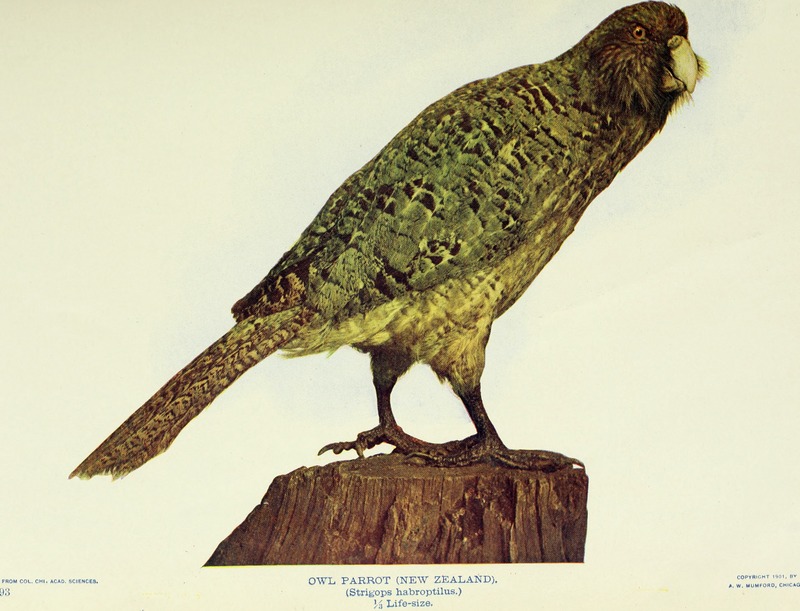|
| Query: bird | Result: 2057th of 32675 | |
kakapo, owl parrot (Strigops habroptilus)
| Subject: | kakapo, owl parrot (Strigops habroptilus)
| | Poster: | Wiki Photos (---@---.---)
| |

| Resolution: 3904x2982
File Size: 2529855 Bytes
Upload Date: 2017:05:14 17:39:50
|
|
|